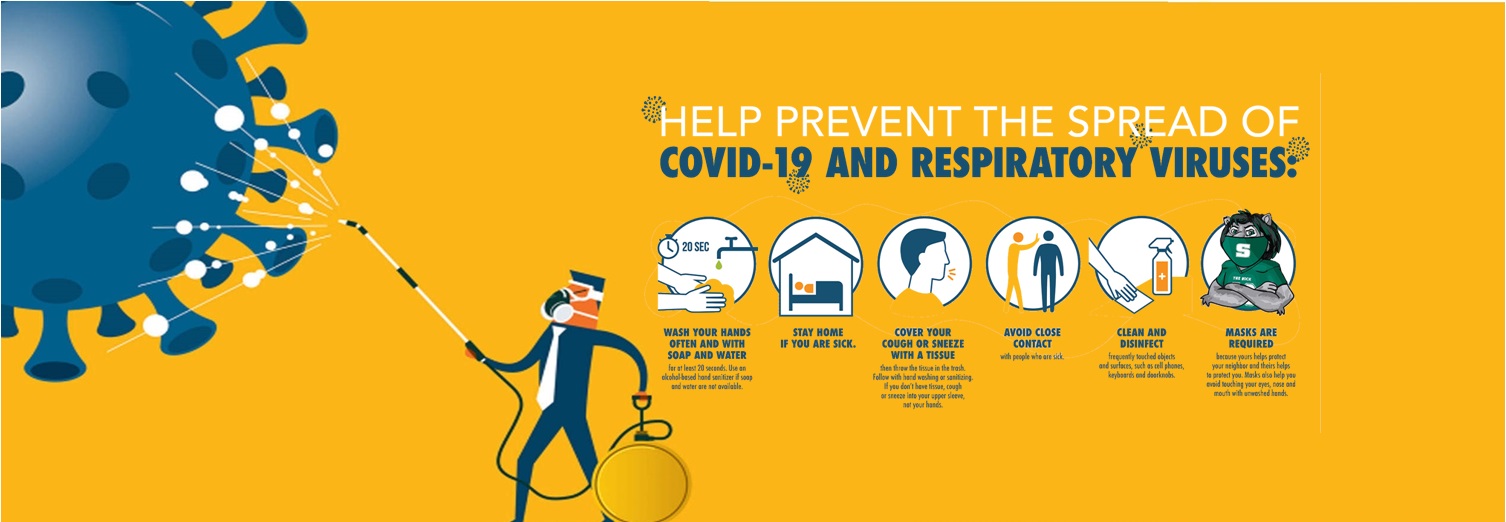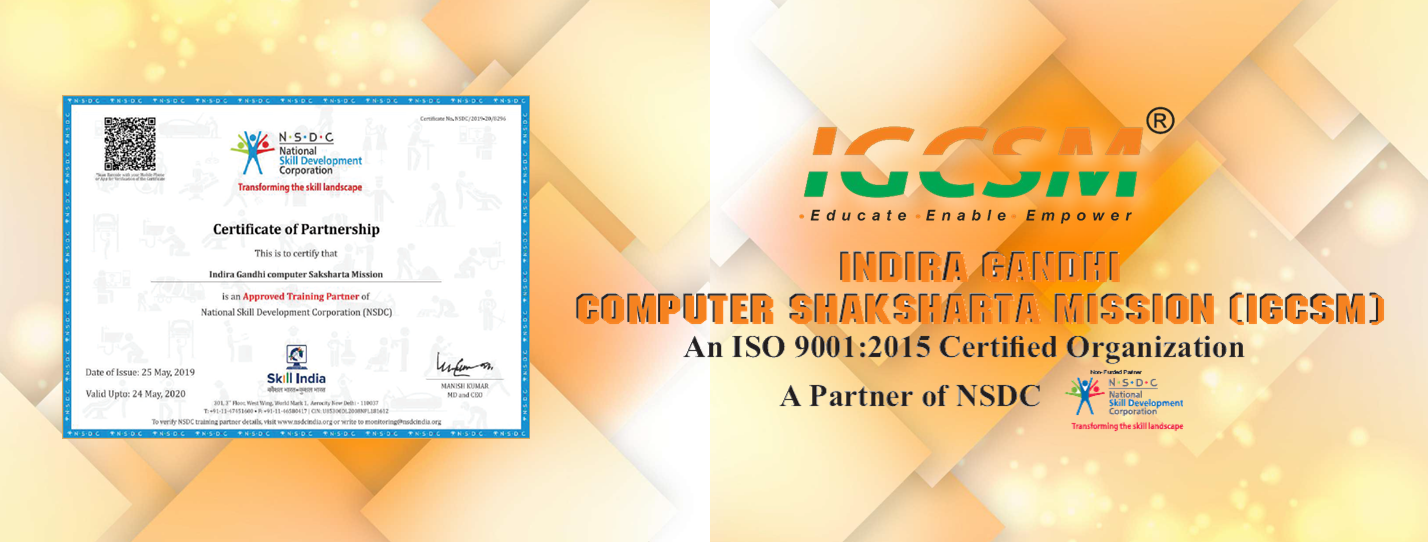 Be Safe -
Stay
Protected
Be Safe -
Stay
Protected
 A Partner
of
NSDC
A Partner
of
NSDC

 Campus
Placement
Drive
Campus
Placement
Drive





Youth development has multiple dimensions. It can serve a family, the society, the nation to which he or she belongs and can serve the humanity as a whole. Which are all uniquely connected.
And with India heading towards becoming the youngest nation of the world, its past population burden is just about to turn into its demographic dividend, thus surging her, ahead of many other economies in the world, with an unprecedented edge.
While this, on one hand, is something to look forward to. On the other hand, social and spatial inequalities continue being imperative hindrances in the way. Lack of a basic quality of life, lack of emphasis on education, regional disparities in education and unequal access to equal opportunity, still remain as persistent obstacles in the way of this transformation, India is set to experience.
However, one predominant reason that has been gauged and factored as the biggest Hindrances in the way of India's expected transormation, is the large percentage of its "unemployable manpower". About 12 million people in India, join its workforce every year. This number comprises of highly skilled (consitutes a miniscule part), skilled, semi-skilled and unskilled workforce. The last category constituting the majority of this number.
A 2012 survey shows that compared to a global standard of 34%, difficulty to fill up jobs is 48% in India. The key reasons being lack of available applicants, shortage of hard skills and shortage of suitable employable skills, including soft skills. This scarcity of skilled labour also finds proof in the fact that whereby more than 40 million people are registered in employment exchanges, only 0.2 million get jobs, despite a surge in the economic growth.
This clear gap in the demand and availability of skilled manpower is also a clear reflection of the gap in the current education system and the youth being ready for employability. Vocational education and training is the connecting sinew that has been forseen as a preliminary solution to this disconnect. And this is the exact area where not only government, but also efforts at individual level is required.
This is the genesis of Indira Gandhi Computer Saksharta Mission. The primary motto at IGCSM is to Educate, Enable and Empower. Since its inception in 2008, it has touched and improved the lives of more that 50,000 people across 15 states in India. It has been working on educating children in order to prepare them for becoming the better youth for the country. It has been working on developing the current youth for becoming more skilled and employable. And it has been working with a special focus on empowering girls and young women.



